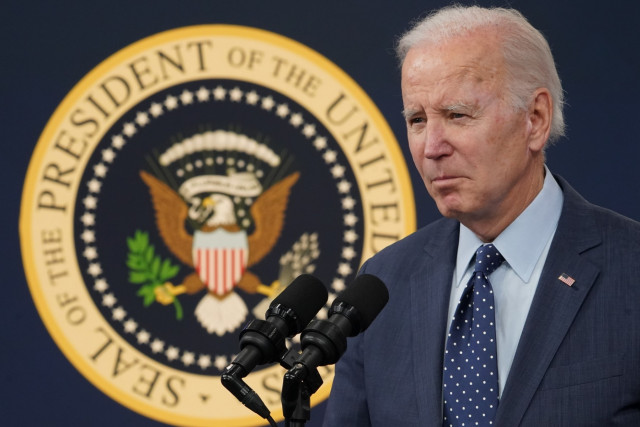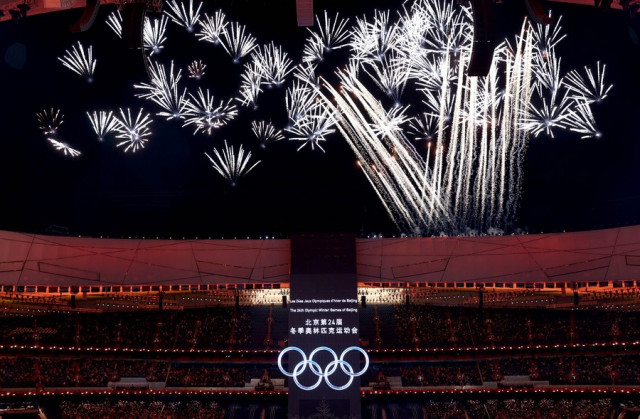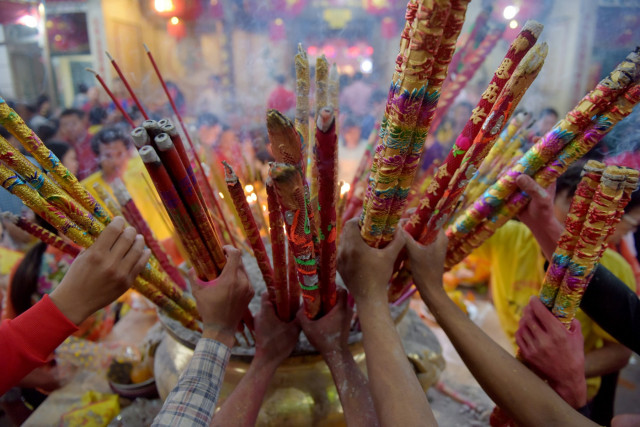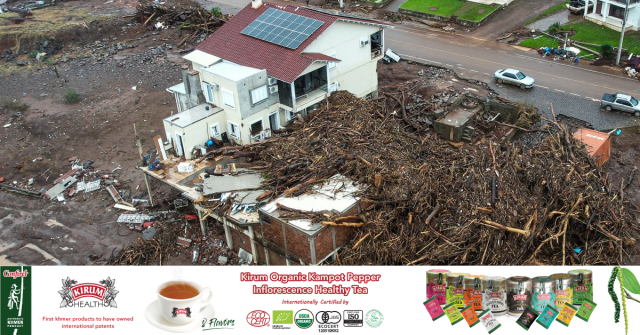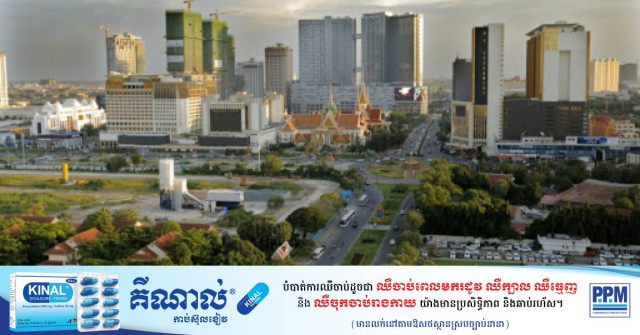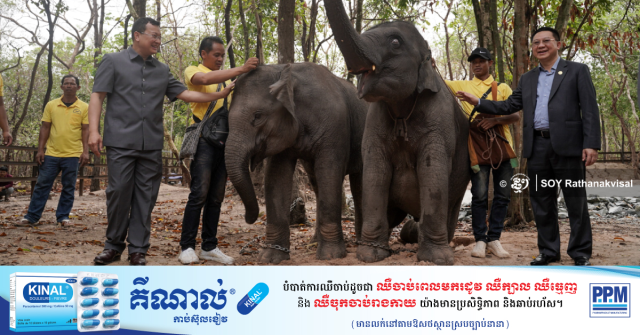Pre Rup temple: The Biggest Brick Structure of the Angkorian Era
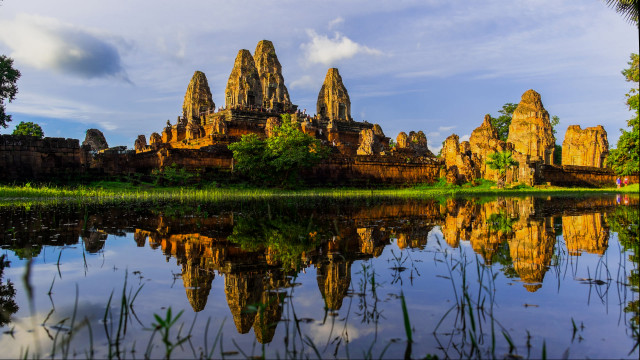
- By Long Ton
- February 6, 2022 7:54 PM
SIEM REAP--The Pre Rup temple, which was constructed in 961 A.D and lies about 13 kilometers from today’s Siem Reap City, is considered the grandest brick monument in Angkor history.
According to the stone inscription number K. 806, Pre Rup was built during the reign of King Rajendravarman II to express his gratitude to Hindu deities. Moreover, some of the most important and sacred statues such as a Shiva lingam were installed at the central tower of the temple to honor these deities and King Rajendravarman’s ancestors.
The central tower known as Reach, or mountain, Temple was constructed on a higher elevation. Limestone and sandstone were incorporated to create the walls, pillars, colonettes, blind doors, and lintels. The infrastructural design of this particular temple clearly demonstrates a sophisticated and technically complex work of art.
If one enters from the eastern gopura, there are five mighty towers lined up along the entrance. On the southern side, there are three towers, and on the northern side two towers. These five towers entirely built with bricks have wide open doors facing the eastern direction. Unfortunately, construction of most of the towers was never completed. The door frames, elevation steps and lintel of the Pre Rup temple were left half-done. Nevertheless, and thankfully, some of the sculptures on all the five towers are still identifiable to the eyes of experts.
Furthermore, the story-telling images on each tower are sensational. The images on the first tower from the south depict the story of a human-like Singha, or lion. Those on the second tower illustrate a story of Indra sitting on a three-headed elephant. The third tower features a story of Rama sitting over Hanuman, the Hindu monkey divinity. On the fourth tower is the story of Narayana sitting on Garuda, an eagle-like mythical figure. Finally, the far northern tower features sculptures of Hayagriva, a horse-face avatar in Hinduism.
If we look onto the courtyard below, nearly all the first and second fortress’ walls were made of laterite stones. Experts have suggested that the building may have been tiled and have had bricked roofs like regular buildings although they have not yet provided an answer as to the purpose of the building.
Surprisingly, experts found a lengthy and rectangular stone next to the eastern staircase. Because of this stone, numerous interpretations were suggested by both experts and villagers living nearby. Some experts believe that it might have been a pool whilst other scholars think it is just a platform built to support statues of sacred animals. However, the locals believe that this long rectangular stone was a platform on which to lie the dead during funeral ceremonies since the tower at the northeast corner has a stone pot and drainage for purification. This villagers’ interpretation has led to the conclusion that the Pre Rup temple could possibly have been related to cremation of the dead or related to the word “Visvarupa,” which refers to the Hindu deity Vishnu, as this word can be found on some of the inscriptions. On the other hand, if we think about the cremation of royalties or the highest-ranking monks in Buddhism, this raises a question: Could their funeral ceremonies have somehow taken place on this temple or pagoda grounds?
In front of the Pre Rup temple, there are two additional temples that face it. Normally, the building that stands in front of the main temple is known to be a library. Although the purpose of these buildings remains unidentified, people unofficially refer to them simply as libraries although some have suggested that the temples might have been used as tombs.
If we look from afar, we might think that all these towers were built at the same height. Actually, they were built on different elevations. For instance, the 12 smaller towers were set on the first floor with all of their doors facing east whereas the four larger towers were erected on the third elevation while the central tower was placed on the highest elevation.
Unfortunately, due to erosion, the mortar on most of the towers have faded, leaving in many cases only carvings on sandstone. Among the five towers at the top, the southwestern tower still has some remaining mortar, which was used to decorate the external wall. Luckily, these mortars are still in a good condition and details of the artwork are still visible on the surface. Moreover, some sculptures on the wall of the north-eastern tower can be seen as well.
For example, the four-hand statue on the northeastern wall has been identified as Brahmani considered the shakti, or power, of Brahma. The false door located on the southwestern wall is also embedded with Varahi, which is an avatar of Narayana who took the form of a wild boar. As for the remaining towers, they do not have on their surface any significant bas-relief.
Finally, after a long day visiting, seeing the sunset in all its beauty over the temple will leave you in awe. Just a few minutes before the sun slips below the Earth’s horizon, the remaining golden light will shine over the temple, as if the sun was transforming the entire temple into gold. Photographers love to capture this mesmerizing moment as the day is about to end. During the rainy season, the rainwater spreading outside the monument will create a beautiful mirror image of the Pre Rup temple that one must not miss.
Long Ton is a Cambodian with a passion for Angkor and that era. A university graduate who speaks several languages, he has conducted tours at Angkor.
Song Daphea contributed to the story








